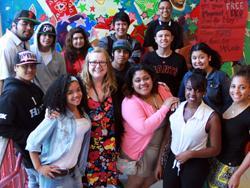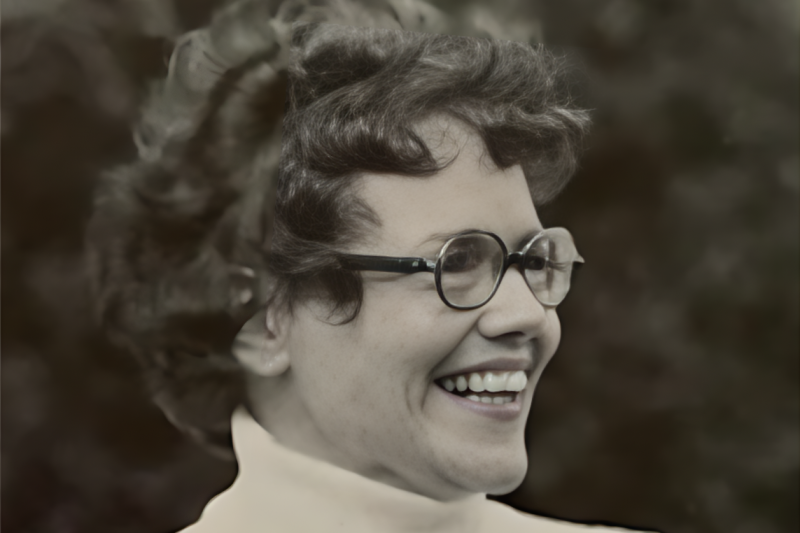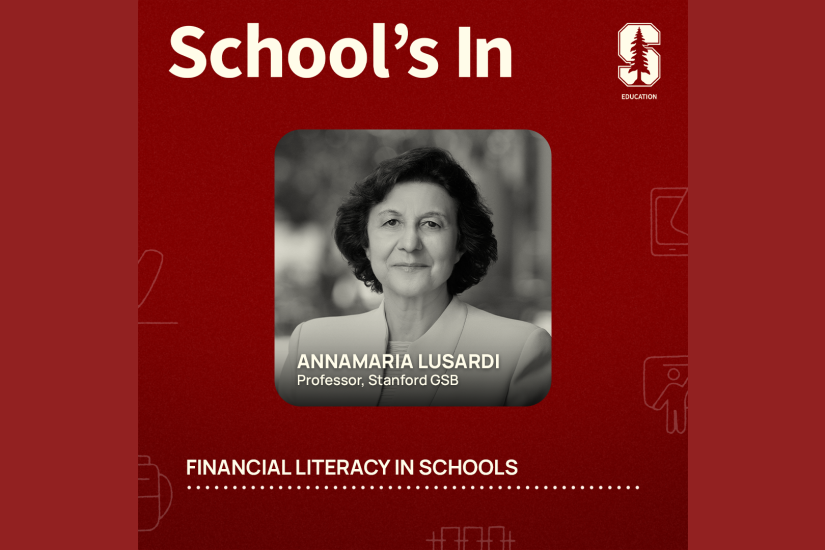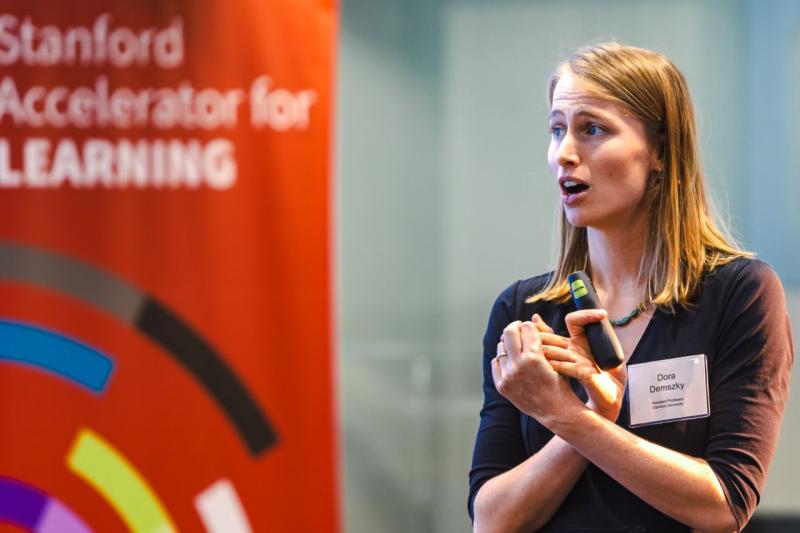
Researchers find student-centered learning approaches help underserved kids achieve
While, nationally, students of color and low-income students continue to achieve at far lower levels than their more advantaged peers, some schools are breaking that trend. A new set of case studies conducted by the Stanford Center for Opportunity Policy in Education, or SCOPE, at the Stanford Graduate School of Education looks at four of these schools in Northern California in which traditionally underserved students are achieving above state and district averages.
The Student-Centered Schools Study — funded by the Nellie Mae Education Foundation — focuses on schools using student-centered practices through either the Linked Learning or Envision Schools model. Linked Learning, a state-wide initiative, integrates rigorous academics with career-based learning and real-world workplace experiences. Envision Schools is a small charter network that creates personalized learning environments for students to develop 21st century skills such as critical thinking, problem solving, and collaboration.
These student-centered environments emphasize supportive relationships between students and teachers in academic environments that are challenging, relevant, collaborative, student-directed, and connected to real-life situations. Students are assessed on their mastery of knowledge and skills and have multiple opportunities to demonstrate that mastery. Educators are supported in creating a student-centered learning environment through opportunities for reflection, collaboration, and leadership. Research shows that this is the type of setting necessary for students to develop the skills to succeed in college, career, and life.
“We believe that students learn by doing, and they are the most engaged when they are doing," says Jesse Bean, former principal, Impact Academy of Arts and Technology. "The goal here is for students to have the ability to think critically, and communicate clearly, with an advanced level of preparedness for the academic and career paths that await them beyond these walls.”
The case studies use quantitative data to track achievement and extensive observations, surveys, and interviews to document practices. In all schools, African American, Latino, economically disadvantaged, and English learner students achieved above — and, in some cases, substantially above — similar students in their districts and in the state.
Student-centered practices are more often found in schools that serve affluent and middle-class students than those located in low-income communities. Creating student-centered learning environments is one way the country can effectively address the opportunity gap for these students.
Examples of student-centered practices
In San Francisco, at City Arts and Technology High School, curriculum includes a strong focus on social justice and identity. Social justice themes are used as a strategy to empower youth and encourage them to think critically. Often there is an interdisciplinary dimension to the integration of social justice issues, particularly between social studies, English, and art. For instance, upper division history students prepared educational fliers on a criminal justice topic of their choosing — racial profiling, death penalty and people of color, pregnant women in jail, immigration and detention, etc. After working on their fliers, they conducted a gallery walk to review their classmates' fliers. Their next steps were to create a video and outreach campaign on their topic, read and analyze published writing on their topic, and create related campaign materials such as t-shirts, buttons, and posters.
At Dozier-Libbey Medical High School in Antioch, 12th-grade students examined medical ethics, across academic disciplines. They began by reading The Immortal Life of Henrietta Lacks, a nonfiction book about an African American woman whose body was used to harvest stem cells without her family’s consent. Meanwhile, in Medical Ethics, students learn about the eugenics movement and medical experimentation. In physics they are developing, designing, and building a device to address a disability. As a culminating project, the students deeply investigate the meaning of disability and the biases in the notions of “fixing” a disability. Students write a paper on who benefits, who is harmed, and the cost of making their medical device.
At Life Academy of Health and Bioscience in Oakland, the culminating and most rigorous work for students is the senior research paper, a yearlong and multistage assignment that many graduates describe as one of the academic experiences that was most helpful for the first year of college. For the senior paper, each student researches a question that emerges out of her internship experiences and about which the student is authentically curious. For example, one student whose internship involved working with young children was interested in becoming a child psychologist and loved literature. That student chose to explore the question: “To what extent could literature help children cope with psychological problems?” To answer the student-selected question, each student conducts a scaled-down literature review, interviews an expert, writes a paper, and presents and defends findings to a panel that includes the advisor, students, and family or community members.
At Impact Academy of Arts and Technology in Hayward, teachers emphasize that there are multiple perspectives to any issue. A history teacher describes a unit on Reconstruction: "We looked at different historical interpretations ... from the 1870s and from the 1920s and from the 1960s and they had to pick a claim that a historian … made about Reconstruction. They had to do research to either prove the claim true or debunk [it] and compile the primary source research and analyze the documents." History was taught as an occurrence requiring interrogation and interpretation, not passive acceptance. Welcoming students into this process of critical thinking and analysis seems universal at Impact Academy—across the board, teachers prompt students to interact with texts so that they work in collaboration to make their own meaning of the world around them.
Resources
Findings from the Student-Centered Schools Study are published in these four case studies and — forthcoming in Spring 2014 — a cross-case analysis, a policy brief and practitioner’s tool.
City Arts and Technology High School case study by Heather Lewis-Charp, social scientist at Social Policy Research Associates, and Tina Law, a policy analyst at Social Policy Research Associates.
Dozier-Libbey Medical High School case study by Diane Friedlaender, senior associate at SCOPE
Impact Academy of Arts and Technology High School by Channa Mae Cook-Harvey, research assistant at SCOPE.
Life Academy of Health and Biosciences by Nikole Richardson, visiting assistant professor at Mills College, and Joe Feldman, an independent consultant.
___
Barbara McKenna is the communications director at SCOPE. A version of this article originally appeared on the center website, http://edpolicy.stanford.edu.



